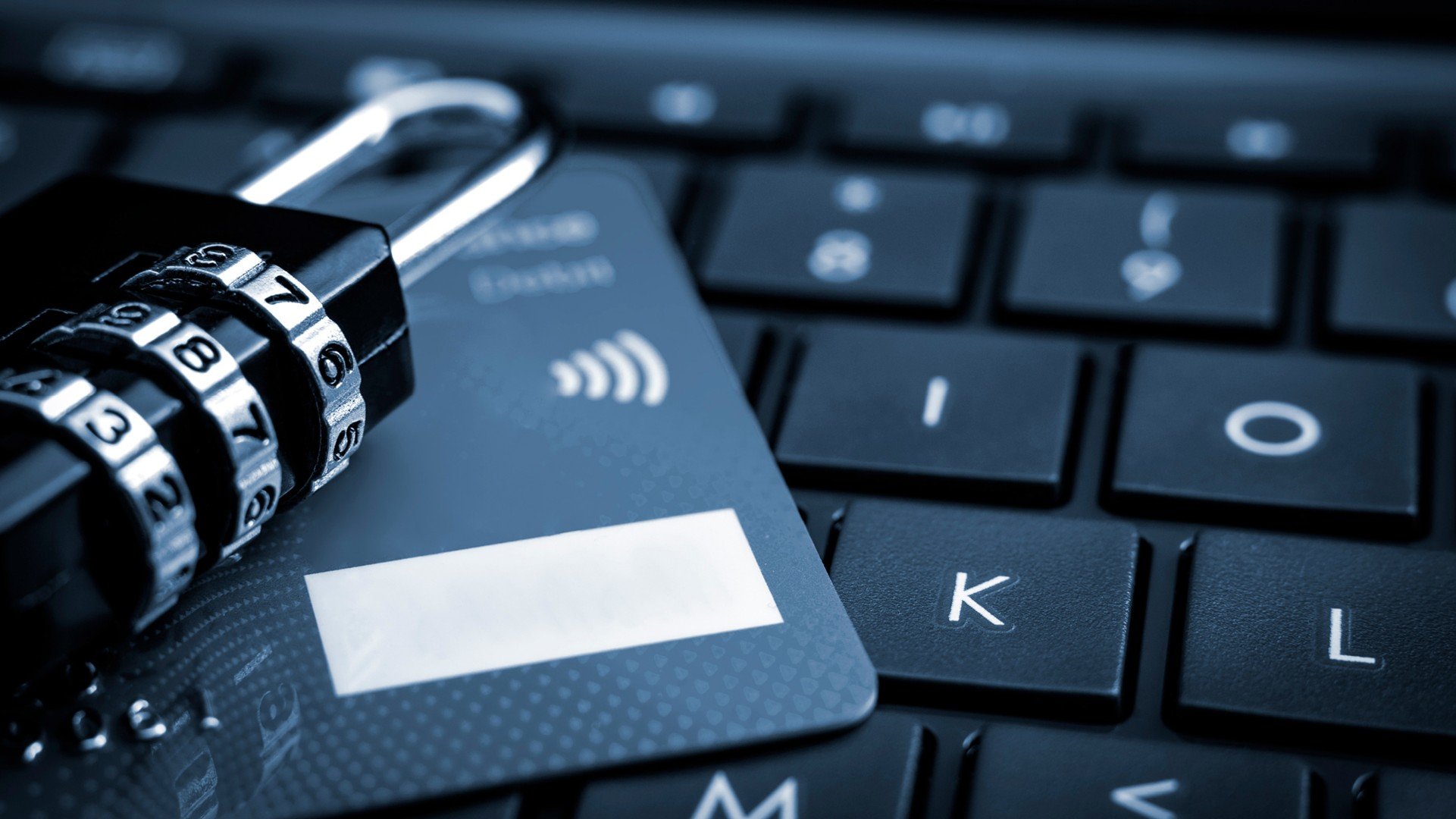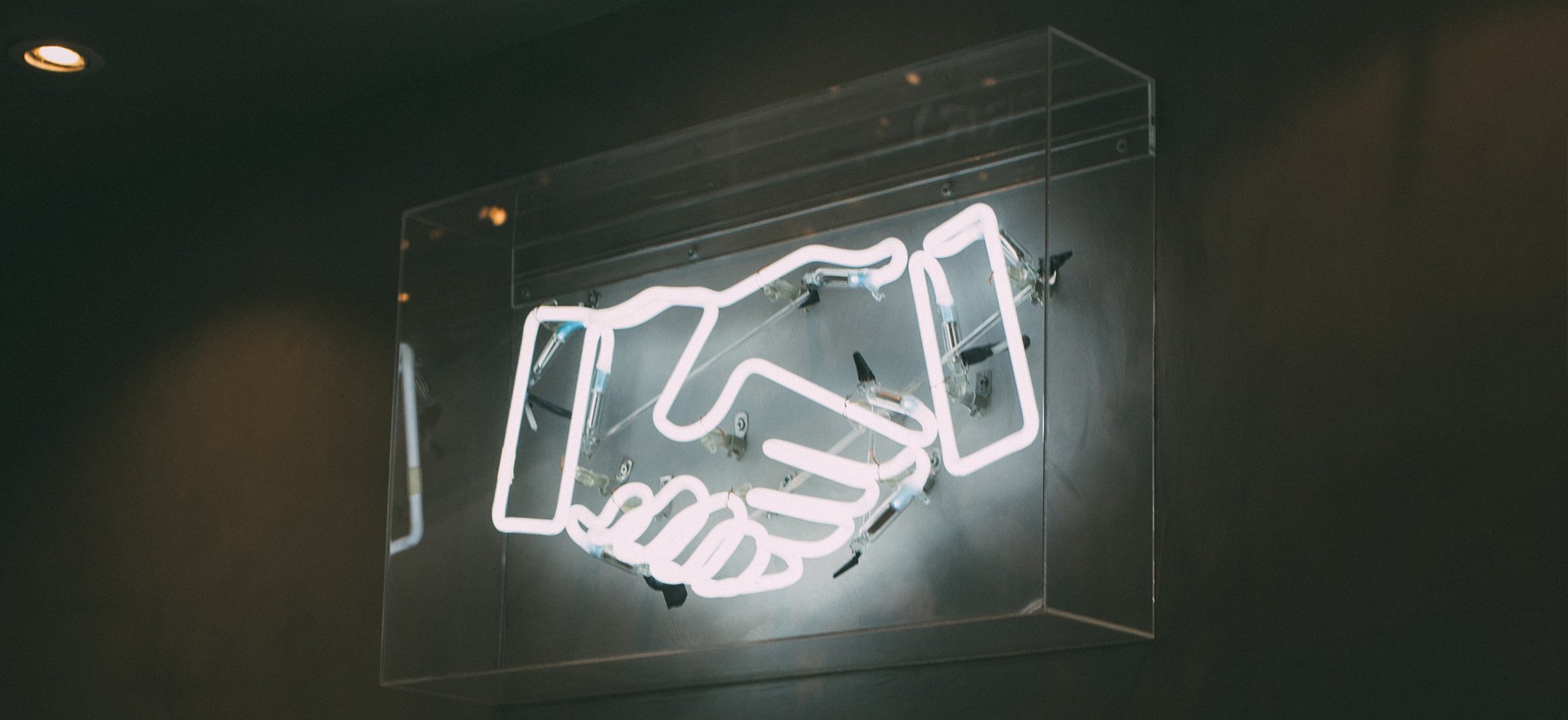A year on from the first global Covid-19 lockdowns, we look at how the pandemic has changed how we shop, pay, bank and work – and the implications for the future.
The Covid-19 pandemic has accelerated existing trends, particularly around the shift from physical to digital. What’s less clear is how consumer behaviour will change over the longer term.
Retail moves from bricks to clicks
With lockdown restrictions in place and all but essential shops closed, consumers have embraced online shopping out of necessity as much as choice. Covid boosted the shift from ‘bricks to clicks’ by around five years, according to data from IBM’s US Retail Index.1
Online grocery is a perfect example. Almost a quarter of Brits (23%) started shopping online for groceries for the first time as a result of lockdown restrictions, according to Mastercard.
This trend is set to continue. Over two-thirds of people stated they preferred the experience of online grocery shopping. And over one-third of first-time online food shoppers said they would continue after restrictions were lifted.2
Whether shoppers will swap real-world retail for an online fix in all purchase categories remains to be seen. However, what’s clear is that a coordinated omni-channel approach is now essential.
Regardless of size, retailers must merge their physical and digital sales channels. Customers shouldn’t be able to see or feel the join, however and wherever they want to engage with a business or brand.
Digital payments are on the rise
As well as prompting a shift towards online shopping, Covid has also affected how people pay for things in shops. This is partly due to retailers’ actions, but also due to consumer preference. Contactless card and mobile payments were already increasing steadily worldwide, but the pandemic has turbo-charged take-up.
In some European countries, the share of Visa contactless payments alone has more than doubled year-on-year3 due to hygiene concerns around cash and the increase in contactless limits.
Smartphone-enabled mobile payments are also growing – whether that’s contactless mobile, in-app payments, mobile wallets such as Apple Pay or Google Pay, or QR code payments.
However, digital first doesn’t mean digital only. Cash is still a popular payment method and demand for it still strong. Despite the fall in cash usage for daily purchases, euro banknotes in circulation rose at the fastest rate since the 2008 financial crisis – up €156 billion last year.4
So, understanding that there are important reasons behind how customers choose to pay is essential post-pandemic. As is offering a variety of ways to pay.
Banking lockdown habits are here to stay
People across the world relied on banking apps even more during lockdown. And it seems that this is a habit that’s here to stay. 53% of the 14,000 consumers in a Mastercard survey across 14 countries said they were using banking apps more than before the pandemic.5
87% of those who had not used them previously said they would continue afterwards. Most said this was because they’d found it easier than they thought it would be. Two-thirds of respondents would consider using other types of digital payments due to their positive experience with digital banking.6
Although the digital banking habit appears to be catching on fast, 85% of Europeans still believed that physical banks would exist in their country in 10 years’ time.7 Just as with retail and payment, this highlights the need for providers to offer convenience, value and choice.
A superior customer experience has always been important. And the pandemic has only reinforced this. Customers value simplicity and security when they shop, pay and bank. Complexity kills convenience and conversion, so a positive customer experience may well translate into increased profitability and brand preference.
Smart partnering becomes a must
Payments-, banking- and software-as-a-service models have been around for years. As has the ‘platformification’ of the economy through marketplaces and aggregators. Covid has merely turned the spotlight on this for what partnerships do as much as how they deliver.
Third-party relationships will become more and more important. Especially those with partners supplying behind-the-scenes infrastructure, allowing companies to launch financial products quickly, easily and cost-effectively.
Increasingly companies must ask themselves what value they can bring and how they connect to others in the ecosystem. What are their unique capabilities, and how symbiotic can they be? Those that adapt to this new mentality will benefit from the third-party relationships that they’ve built.
Contact us
Launching a card programme isn’t easy. Which is why we exist. It’s our job to get your programme from idea to implementation quickly and easily, so you can focus on growing your business.
To find out more about issuing BIN sponsorship and the Monavate difference, contact us here.
References
1 IBM US Retail Index, https://www.ibm.com/industries/retail
2 ‘Making a meal of it: The comeback of the dinner party’, Mastercard press release, 17 March 2021, https://www.mastercard.com/news/europe/en-uk/newsroom/press-releases/en-gb/2021/march/making-a-meal-of-it/
3 ‘500 million additional touch-free Visa payments as European contactless limits increase’, Visa press release, 20 October 2020, https://www.visa.co.uk/about-visa/newsroom/press-releases.3044294.html
4 ‘The paradox of banknotes: understanding the demand for cash beyond transactional use’, ECB Economic Bulletin, Issue 2/2021, European Central Bank, https://www.ecb.europa.eu/pub/economic-bulletin/articles/2021/html/ecb.ebart202102_03~58cc4e1b97.en.html#toc1
5 ‘Global State of Pay 2020’, Mastercard, October 2020, https://www.vocalink.com/news-insights/research-reports-white-papers/what-people-want-in-202021/
6 ibid
7 ‘Life under the ‘new normal’ accelerates digital banking adoption across Europe’, Mastercard press release, 19 November 2020, https://www.mastercard.com/news/europe/en-uk/newsroom/press-releases/en-gb/2020/november/life-under-the-new-normal-accelerates-digital-banking-adoption-across-europe/









